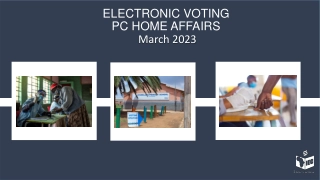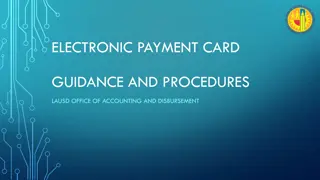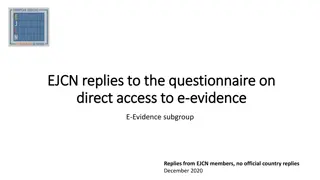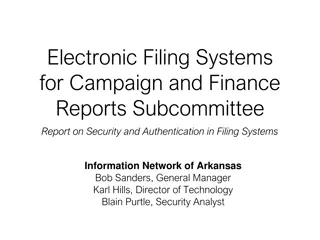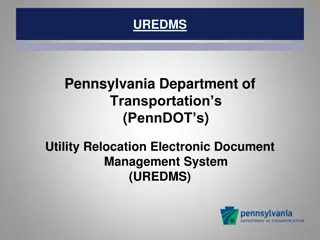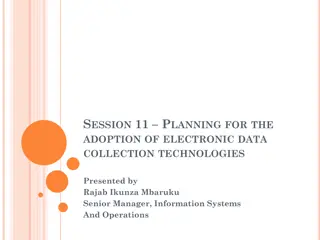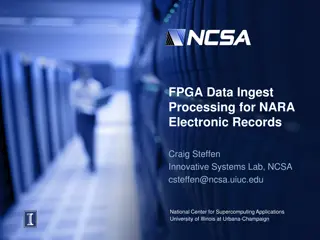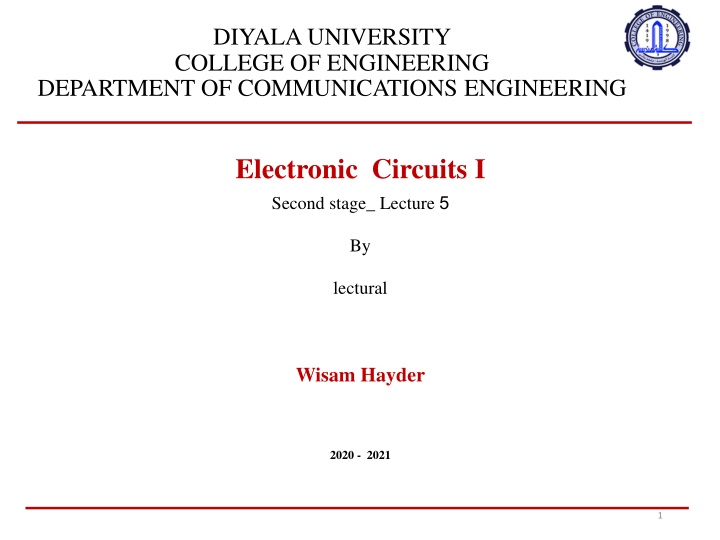
Electronic Circuits II Lecture - DIYALA UNIVERSITY
Gain insights into electronic circuits with Lecture 5 from DIYALA UNIVERSITY's College of Engineering Department of Communications Engineering. Explore topics like voltage-divider bias circuits, approximate and exact analyses, design examples, and more in this comprehensive tutorial by lecturer Wisam Hayder.
Download Presentation

Please find below an Image/Link to download the presentation.
The content on the website is provided AS IS for your information and personal use only. It may not be sold, licensed, or shared on other websites without obtaining consent from the author. If you encounter any issues during the download, it is possible that the publisher has removed the file from their server.
You are allowed to download the files provided on this website for personal or commercial use, subject to the condition that they are used lawfully. All files are the property of their respective owners.
The content on the website is provided AS IS for your information and personal use only. It may not be sold, licensed, or shared on other websites without obtaining consent from the author.
E N D
Presentation Transcript
DIYALA UNIVERSITY COLLEGE OF ENGINEERING DEPARTMENT OF COMMUNICATIONS ENGINEERING Electronic Circuits I Second stage_ Lecture 5 By lectural Wisam Hayder 2020 - 2021 1
3. Voltage-Divider Bias Circuit: Analyses: Fig. 7 a shows a voltage-divider bias circuit. For the input (base-emitter circuit) loop: (a) Fig. 7 2
Exact Analysis From Fig. 7 b: 7 a From Fig. 7 c: 7 b From Fig. 7 d: 7 c 3
Approximate Analysis: From Fig. 7e: 8 a 8 b 8 c 4
Approximate Analysis: For the output (collector-emitter circuit) loop: 9 Load-LineAnalysis: The similarities with the output circuit of the emitter-biased configuration result in the same intersections for the load line of the voltage-divider configuration. The load line will therefore have the same appearance as that of Fig. 6. The level of ??is of course determined by a different equation for the voltage- divider bias and the emitter-bias configuration. 5
Design: 10 Fig. 6 6
Example: Determine the dc bias voltage ???and the current ?? for the voltage-divider configuration of Fig. 7 a with the following parameters: ???= +22 V, = 140, ?1= 39 k , ?2= 3.9 k , ??= 10 k , and ??= 1.5 k . 7
4. Voltage-Feedback Bias Circuit: Fig. (8a) shows a voltage-feedback bias circuit. Analysis: For the input (base-emitter circuit) loop as shown in Fig. 8b: (11 a) (b) Fig. 8 8
Analysis: (a) (b) Fig. 8 9
2. Emitter-Stabilized Bias Circuit: For the output (collector-emitter circuit) loop as shown in Fig. 8 c: (11 b) (c) Fig. 8 10
Load-Line Analysis: Continuing with the approximation IC = ICwill result in the same load line defined for the voltage-divider and emitter-biased configurations. The levels of IBQwill be defined by the chosen base. 11
Design: For an optimum design: 12 12
Other Biasing Circuits: Example: (Negative Supply) Determine ??and ??for the circuit of Fig. 9. [Fig.9] 13
Design: Example : (Two Supplies) Determine VCand VBfor the circuit of Fig. 10 a. Fig. 10 a 15
Examples From Fig. 10 b [Fig.10. b] 16
Examples From Fig. 10. c: [Fig.10. c] 17
Examples 18

